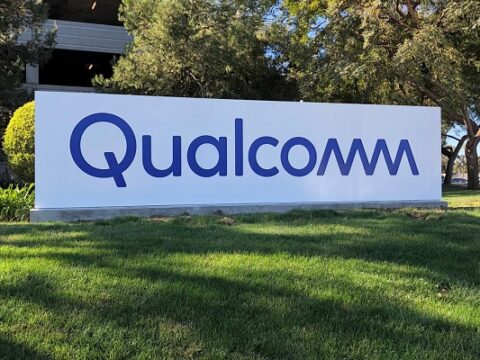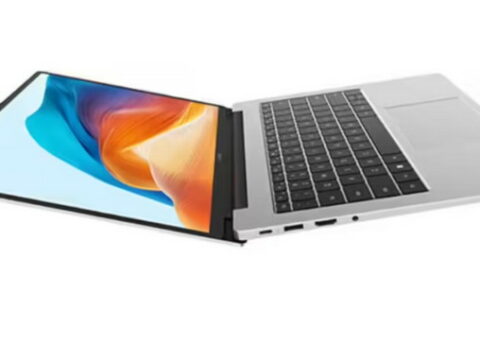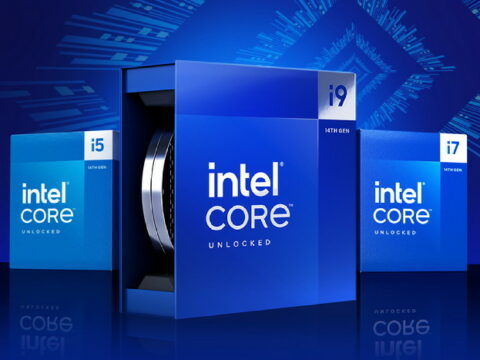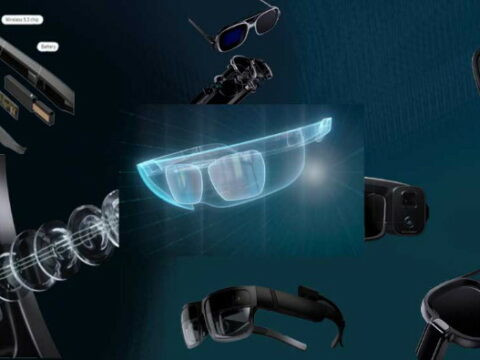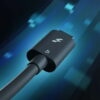
Intel launched its 14th Gen “Raptor Lake Refresh” desktop processors earlier this week, including the Intel Core i9-14900K, i7-14700K and i5-14600K. Upon the announcement, Intel initially stated that 14th Core desktop chips would support Thunderbolt 5, the latest version of the specification. But Intel has now said that while some 14th gen chips will work with Thunderbolt 5, that’s not the case for these desktop chips.
“While some processors in the Intel Core 14th Gen processor family will include support for Thunderbolt 5, Intel Core 14th Gen desktop processors, specifically, will not support it,” an editors’ note appended to Intel’s initial announcement reads. “The Intel Core 14th Gen launch announcement incorrectly said, ‘Intel Core 14th Gen desktop processors include support for … upcoming Thunderbolt 5 wired connectivity – supporting up to 80 Gbps of bi-directional bandwidth.’ Intel will share additional details on Intel Core 14th Gen CPUs that support Thunderbolt 5 at a later date.”
To some degree, this isn’t a huge surprise. The Raptor Lake Refresh chips are just that — refreshes and the underlying design is the same as 13th Gen but optimized for better performance. So it’s not exactly shocking that Intel didn’t go in and add support for Thunderbolt 5 on desktops.
Without desktop processors supporting Thunderbolt 5, it seems that where we’ll see the new connection spec is on laptops, probably on the Intel Core Ultra “Meteor Lake” chips. Thunderbolt 4 (and previous versions of Thunderbolt) have been far more prolific on mobile devices with Intel chips than on desktop. There isn’t a huge variety of desktop motherboards featuring the port. (Getting into machines with AMD chips is another bag of worms.)
Intel gave the Thunderbolt specification to the USB-IF standards committee. As deputy managing editor Paul Alcorn explained when Thunderbolt 5 was announced, “Thunderbolt 5 leverages the foundational aspects of the latest USB specification, USB 4 Version 2.0 in this case, but requires that all of the optional features be enabled to earn the Thunderbolt 5 badge.”
Thunderbolt 5 has an evenly distributed 80 Gbps of bandwidth to transmit and receive data at the same rate. However, when there are higher display bandwidth needs, it can boost to 120 Gbps transmitting, making it faster than DisplayPort 2.1. Thunderbolt 5 can support up to two 6K monitors and three 4K monitors at 144 Hz, along with the option for 8K HDR.
Additionally, Thunderbolt 5 cables will support up to 240W charging on laptops. You can learn the latest specs features at our rundown of the announcement from earlier this year.
